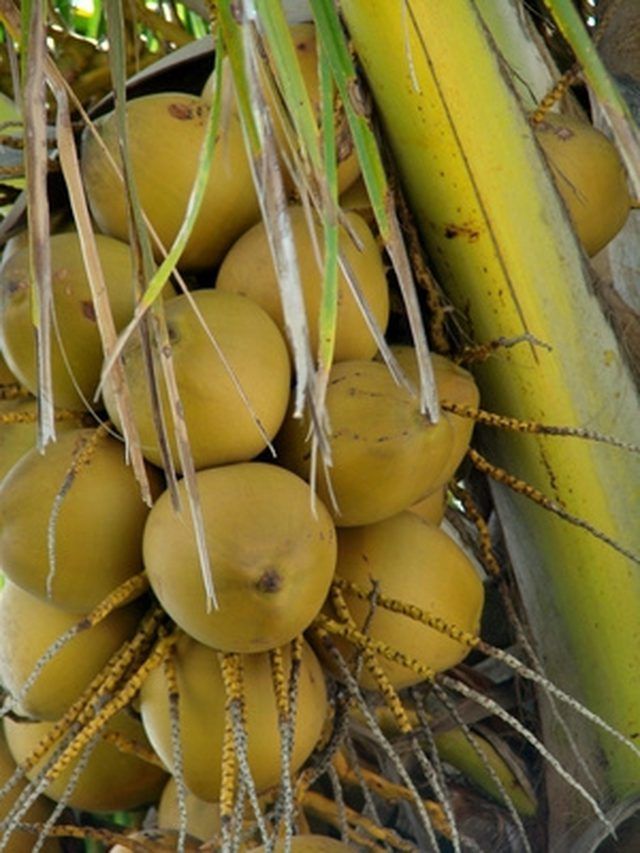Bulbs
Flower Basics
Flower Beds & Specialty Gardens
Flower Garden
Garden Furniture
Garden Gnomes
Garden Seeds
Garden Sheds
Garden Statues
Garden Tools & Supplies
Gardening Basics
Green & Organic
Groundcovers & Vines
Growing Annuals
Growing Basil
Growing Beans
Growing Berries
Growing Blueberries
Growing Cactus
Growing Corn
Growing Cotton
Growing Edibles
Growing Flowers
Growing Garlic
Growing Grapes
Growing Grass
Growing Herbs
Growing Jasmine
Growing Mint
Growing Mushrooms
Orchids
Growing Peanuts
Growing Perennials
Growing Plants
Growing Rosemary
Growing Roses
Growing Strawberries
Growing Sunflowers
Growing Thyme
Growing Tomatoes
Growing Tulips
Growing Vegetables
Herb Basics
Herb Garden
Indoor Growing
Landscaping Basics
Landscaping Patios
Landscaping Plants
Landscaping Shrubs
Landscaping Trees
Landscaping Walks & Pathways
Lawn Basics
Lawn Maintenance
Lawn Mowers
Lawn Ornaments
Lawn Planting
Lawn Tools
Outdoor Growing
Overall Landscape Planning
Pests, Weeds & Problems
Plant Basics
Rock Garden
Rose Garden
Shrubs
Soil
Specialty Gardens
Trees
Vegetable Garden
Yard Maintenance
How Does the Coconut Palm Reproduce?
How Does the Coconut Palm Reproduce?. The coconut palm (Cocos nucifera) is the most important palm tree because of its production of the coconut. This widely cultivated palm thrives in tropical locations along the shorelines of Florida and the South Pacific.

The coconut palm (Cocos nucifera) is the most important palm tree because of its production of the coconut. This widely cultivated palm thrives in tropical locations along the shorelines of Florida and the South Pacific.
Growth
The coconut palm tree matures to a height of 80 to 100 feet and is topped with pinnate leaves that are up to 18 feet long and 4 feet wide. Typically, the trunk of the coconut palm is somewhat curved and skinny with a larger base than top. The flowers produced by the coconut palm are bright yellow if they are male and light yellow if they are female. These flowers bloom at the end or the base of the branchlets. The coconut palm also produces a thick, fibrous husk that houses a nut. The husk is generally 25 inches long and 12 inches wide, while the nut is 10 to 12 inches long and 6 to 8 inches wide.
Anatomy of the Fruit
The fruit, or drupe, produced by the coconut palm consists of an exocarp, mesocarp, and endocarp. Inside the endocarp is the seed. Naturally, the seed inside the endocarp is the source of propagation for the coconut. The seed contains both an embryo and food storage tissue. This seed can be access through a pore in the endocarp of the fruit.
Planting Coconuts
When the coconut makes a sloshing sound when shaken, it is ready to be planted. The coconut should be placed on its side and planted 18 to 30 feet apart from one another. Coconut palms thrive in well-drained soils with a pH of 5.0 to 8.0 and in an area where they receive full sunlight. Typically, the summer months are the best season to plant palms. Once the palms have been planted, they can be transferred at any time.
Germination
The coconut palm produces fruits with three carpels, which is common within the Arecaceae family. Two pores are closed while one pore is open for the access of the seed. Inside the fruit of the coconut is "coconut apple" which absorbs the endosperm tissue so that the shoots receive the sugar and minerals that it needs from the endosperm. As the shoot and the root grow from the seed, they break through the mesocarp and exocarp and start the process of growing into a coconut tree.
Production
When the coconut palm is six to 10 years old, it starts bearing fruit. Full production of fruit can take up to 15 or 20 years. The coconut palm tree generally produces 50 to 200 fruits annually until it reaches 80 years of age. Each fruit takes nearly a year to develop on the tree before it is ready for harvest.